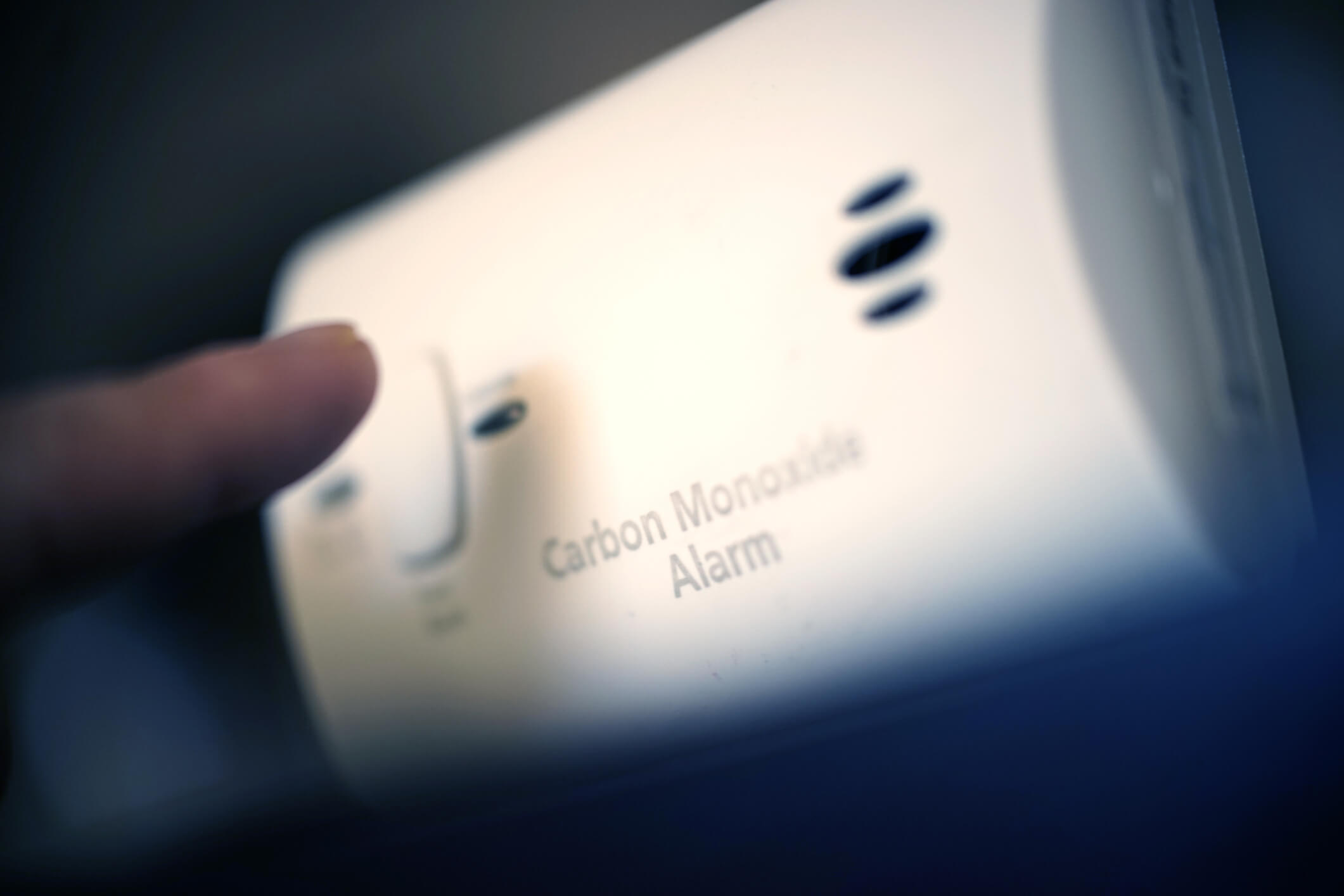Owning a gas furnace has some significant advantages. For one, these central furnaces use a relatively low-cost fuel source (natural gas) to provide high levels of heat quickly. It’s no wonder that as many as 47% of U.S. households rely on natural gas as their primary heating fuel.
However, because gas furnaces are combustion appliances, they do come with some potential dangers. One of the most hazardous is a cracked heat exchanger.
What Does A Gas Furnace Heat Exchanger Do?
To understand what the heat exchanger does, it helps to learn a few basics about your furnace and combustion first:
- Your furnace is a combustion appliance in that it burns fuel (natural gas) to create heat energy.
- Combustion (burning fuel) creates combustion products, which are gases and pollutants that are harmful to breathe.
- One of the most harmful combustion products in your furnace is carbon monoxide (CO), an odorless gas, colorless gas that can cause lethal poisoning.
Now you might be wondering, how is it safe to keep this furnace in my house? For one, your furnace is sealed to prevent combustion products from mixing with the air your breathe. The fumes from your furnace are vented outdoors, where they can be safely dispersed.
The next critical piece of the equation is the heat exchanger. The air that circulates through your home never comes into contact with your furnace’s burners. That would put it into direct contact with toxic combustion products and flue gases.
Instead, the combustion from your furnace warms up the metal of the heat exchanger from one side. Then your furnace’s blower blows cold indoor air over the other side. The heat exchanger transfers its heat to the cold air, so now you have warm, clean air for your home that never mixed with the polluted air from the combustion chamber.
What Happens When a Heat Exchanger Cracks?
The heat exchanger spends a lot of time heating up and cooling down. This causes the metal to expand and contract. This can wear out the metal and make it brittle over the years, so it isn’t uncommon to see cracked heat exchangers in furnaces around 15-years and above. Cracks can also occur sooner due to corrosion from excess moisture and overheating from dust-clogged air filters.
When a heat exchanger cracks, it allows harmful combustion products from your furnace (including carbon monoxide) to mix with the air circulating throughout your home. Carbon monoxide is harmful even in low concentrations and can result in long-term health damage like memory impairments and motor disorders–even long after the CO source is removed. At higher concentrations, carbon monoxide is lethal and results in at least 430 accidental deaths yearly in the U.S.
How Can I Avoid Problems With My Furnace’s Heat Exchanger?
First and foremost, we always recommend equipping your home with carbon monoxide detectors as your first line of defense, just in case anything should happen with your furnace, car, or any of your other combustion appliances.
The easiest thing you can do for your furnace is to replace the air filter frequently. This prevents airflow issues that will cause overheating and increased stress on the heat exchanger. We also strongly encourage homeowners with gas furnaces to get them inspected and maintained annually. During the appointment, the technician will look for safety issues that you might not otherwise learn about until a bigger problem occurs.
For reliable heater services in Bakersfield, Fresno, and Visalia, contact Monarch Home Services online or by phone: (661) 452-8707.


